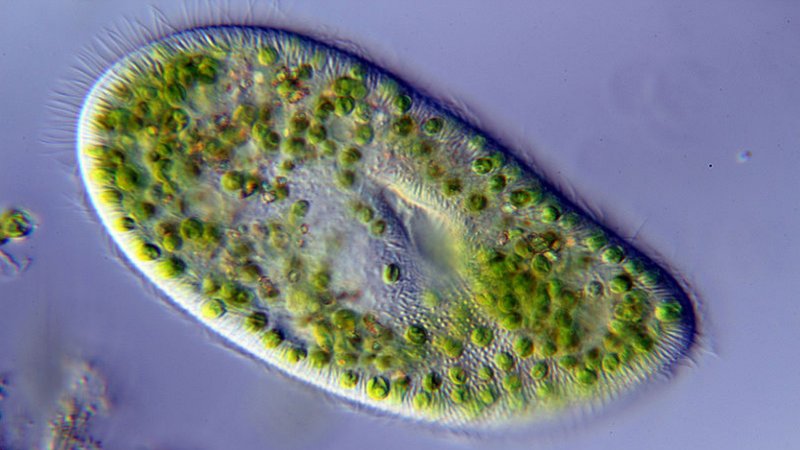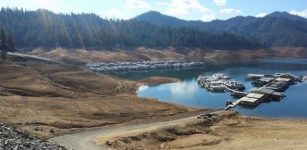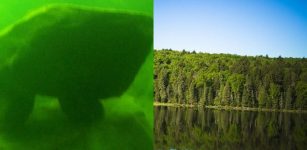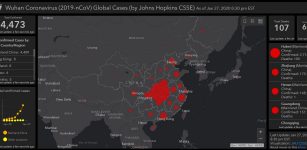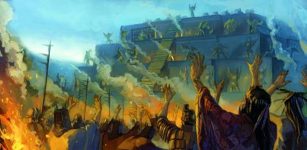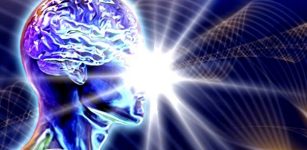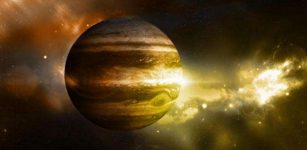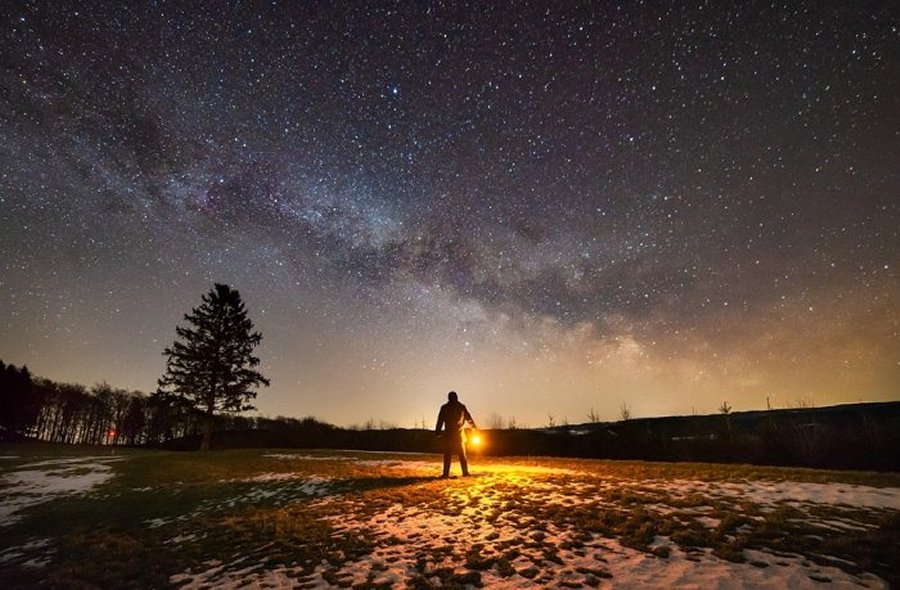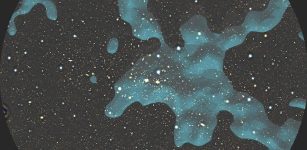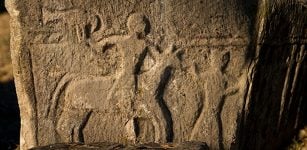Surprising Discovery Of Extraordinary Marine Creature That Eats Viruses
Cynthia McKanzie – MessageToEagle.com – Viruses are responsible for the deaths of millions of living beings. No one knows exactly when viruses emerged or from where they came, since viruses do not leave historical footprints such as fossils. Unfortunately, humans have been fighting viruses throughout history, and this battle is far from over.
There are times when humans feel it’s a hopeless battle, but there is a solution to everything. Every time scientists encounter something that is stronger than viruses, it’s an extraordinary discovery. This time researchers have discovered a remarkable marine creature that enjoys eating viruses!
A single-celled ciliate with green zoochlorellae living inside endosymbiotically – Credit: Anatoly Mikhaltsov – CC BY-SA 4.0
“Scientists used single-cell genomics to show that two groups of poorly known marine protists routinely ingest viruses. They hypothesize that this serves to absorb phosphorus and nitrogen – that is, using viruses as food. This discovery has important implications for our understanding of oceanic food webs and carbon cycles.
Viruses occur in astronomic numbers everywhere on Earth, from the atmosphere to the deepest ocean. Surprisingly, considering the abundance and nutrient-richness of viruses, no organisms are known to use them as food,” Frontiers reports.
“Our data show that many protist cells contain DNA of a wide variety of non-infectious viruses but not bacteria, strong evidence that they are feeding on viruses rather than on bacteria. That came as a big surprise, as these findings go against the currently predominant views of the role of viruses and protists in the marine food webs,” says corresponding author Dr Ramunas Stepanauskas, Director of the Single Cell Genomics Center at Bigelow Laboratory for Ocean Sciences in East Boothbay, Maine, USA.
This discovery has important implications for our understanding of oceanic food webs and carbon cycles.
Every single one of the choanozoan and picozoan SAGs were associated with viral sequences from bacteriophages and CRESS-DNA viruses, but mostly without any bacterial DNA, while the same sequences were found across a great diversity of species.
“It is very unlikely that these viruses are capable of infecting all the protists in which they were found,” says Dr Julia Brown, a researcher at the Bigelow Laboratory for Ocean Sciences and coauthor on the study.
The authors conclude that choanozoans and picozoans probably routinely eat viruses.
“Viruses are rich in phosphorus and nitrogen, and could potentially be a good supplement to a carbon-rich diet that might include cellular prey or carbon-rich marine colloids,” says Brown.
“The removal of viruses from the water may reduce the number of viruses available to infect other organisms, while also shuttling the organic carbon within virus particles higher up the food chain. Future research might consider whether protists that consume viruses accumulate DNA sequences from their viral prey within their own genomes, or consider how they might protect themselves from infection.”
Written by Cynthia McKanzie – MessageToEagle.com Staff Writer

